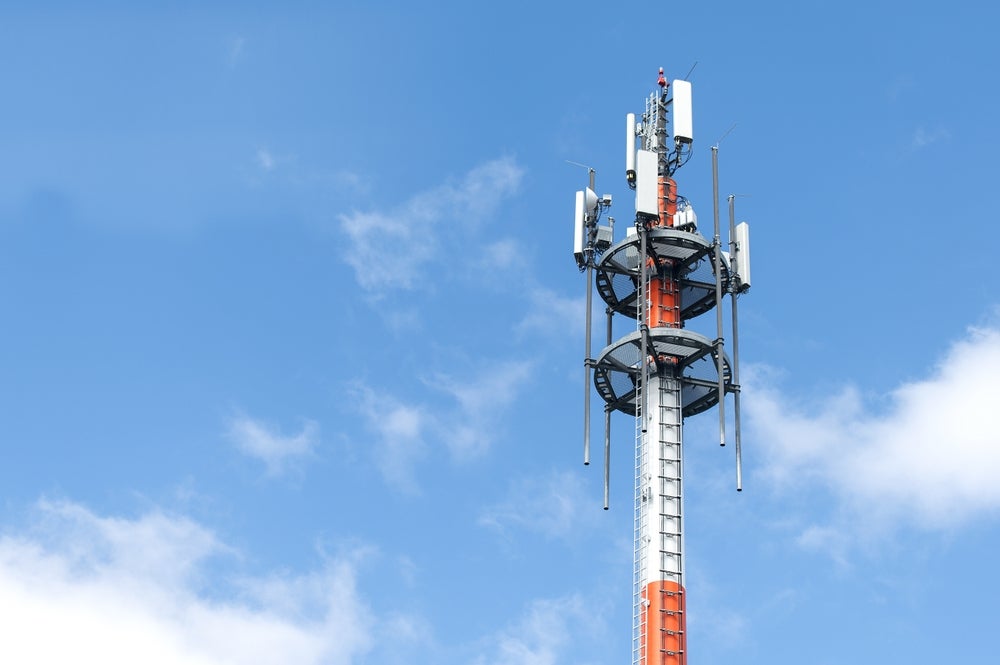
The outbreak of novel coronavirus in China is growing in severity with over 500 confirmed cases across six countries. Could artificial intelligence play a role in the response to the virus?
What is the coronavirus?
This particular virus is a novel coronavirus, meaning it is a new form of the coronavirus. Other strains include severe acute respiratory syndrome (SARS) and Middle East respiratory syndrome (MERS)
Human cases of the virus were first identified in December last year in Wuhan, China, with the virus thought to originate in seafood and many cases connected to the Huanan seafood wholesale market.
Symptoms include shortness of breath, a cough, sore throat and a fever. It’s most serious in children and the elderly, as well as those with underlying health conditions. According to the Chinese authorities, there have been 17 deaths, all in the Hubei province.
According to the Guardian, cases have been reported in the US, Thailand, South Korea, Taiwan, and Japan. Wuhan has now been put on lockdown, with transport links in and out of the city suspended in an attempt to contain the further spread of the virus.
The role of artificial intelligence
With any disease outbreak, understanding how a virus spreads is paramount to containing it. Using artificial intelligence, the wealth of data that exists on individuals’ movements as they travel may be transformed into a valuable tool for identifying the next possible hotbed for the virus, allowing authorities to intervene early.
How well do you really know your competitors?
Access the most comprehensive Company Profiles on the market, powered by GlobalData. Save hours of research. Gain competitive edge.

Thank you!
Your download email will arrive shortly
Not ready to buy yet? Download a free sample
We are confident about the unique quality of our Company Profiles. However, we want you to make the most beneficial decision for your business, so we offer a free sample that you can download by submitting the below form
By GlobalDataThe role of artificial intelligence in medicine and public health is one that is still in its early stages, but has already made a number of significant leaps, with computer models now able to accurately diagnoses breast cancer from mammograms and identifying Alzheimer’s disease from brain scans.
By analysing big data from a variety of sources, such as health, location and climate data, it is possible to develop an algorithm to identify patterns in data and create predictive models for identifying future disease outbreaks, enabling experts and authorities to be proactive in responding to future outbreaks.
This has proved effective in outbreaks of other diseases. In 2018, Artificial Intelligence in Medical Epidemics developed a platform called the Dengue Outbreak Prediction platform.
Dengue is a mosquito-borne virus found in Asia, the Americas or the Caribbean that causes flu-like symptoms and can be life-threatening.
The platform was able to predict where outbreaks of the disease would occur in Malaysia and Brazil three months ahead of time with over 80% accuracy. The organisation is now focusing on developing new algorithms for other diseases such as Zika and Chikungunya.
Other research has focused on the vectors through which a disease spreads. In 2018, artificial intelligence company Wovenware developed an algorithm that could classify a particular species of mosquito known to carry diseases.
Alternative data sources, such as social media feeds have also. By tracking the use of words or phrases related to a particular condition on Twitter make it possible to anticipate future outbreaks.
Back in 2008, Google launched Google Flu Trends, which estimated when an influenza outbreak may occur based on Google search queries. Although it was halted in 2015 it did have some success, predicting the 2009 flu pandemic two weeks before the US Centers for Disease Control and Prevention did.
“AI could be the solution to tackle 2019-nCov”
The speed at which the coronavirus appears to be spreading means that in developing and training an algorithm to forecast what could happen next, timing is crucial, and as this particular strain of the virus has not been encountered before, understanding how it behaves may also pose a challenge.
However, Mark Frankish, data scientist at SAS UK & Ireland believes that AI insights could help in managing the ongoing situation:
“AI could be the solution to tackle 2019-nCov. By using AI to model and predict outbreaks of the virus we will get a much clearer picture of how best to treat the virus locally. With the insights AI offers, governments can accurately predict the resources needed in specific locations, identify how treatment can be improved in hotspots and, ultimately, stem the spread of the virus. By looking at geographical trends across larger areas we can also build up a picture of how it can be treated globally.
“Deploying AI has proven successful in numerous branches of healthcare such as identifying brain tumours and improving treatments. The technology exists to combat medical emergencies. Governments have a huge amount of data that can be used in the fight against viruses, but they don’t always know what to do with it. Technology can drill down and uncover insights from the huge volumes of data they have access to.
“The reality is that with use of advanced technology, this should no longer be a mystery virus. A combination of AI, human expertise and global collaboration will be the quickest and most efficient way of ending the spread of the coronavirus.”







